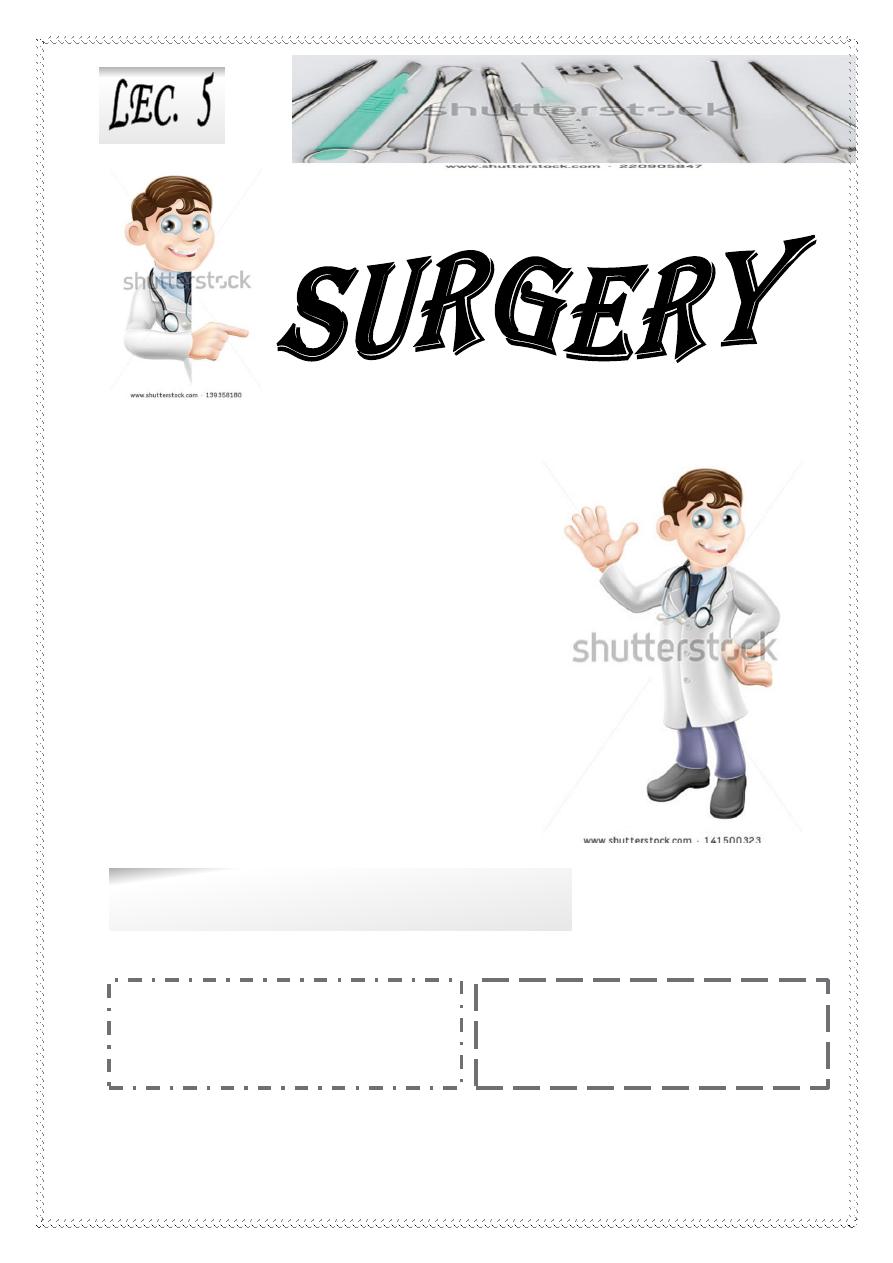
Dr. Mouyed Abbas
Lec. 1
STERILIZATION
Tues. 28 / 10 / 2014
Done by : Ali Kareem
مكتب اشور لالستنساخ
2014-2015
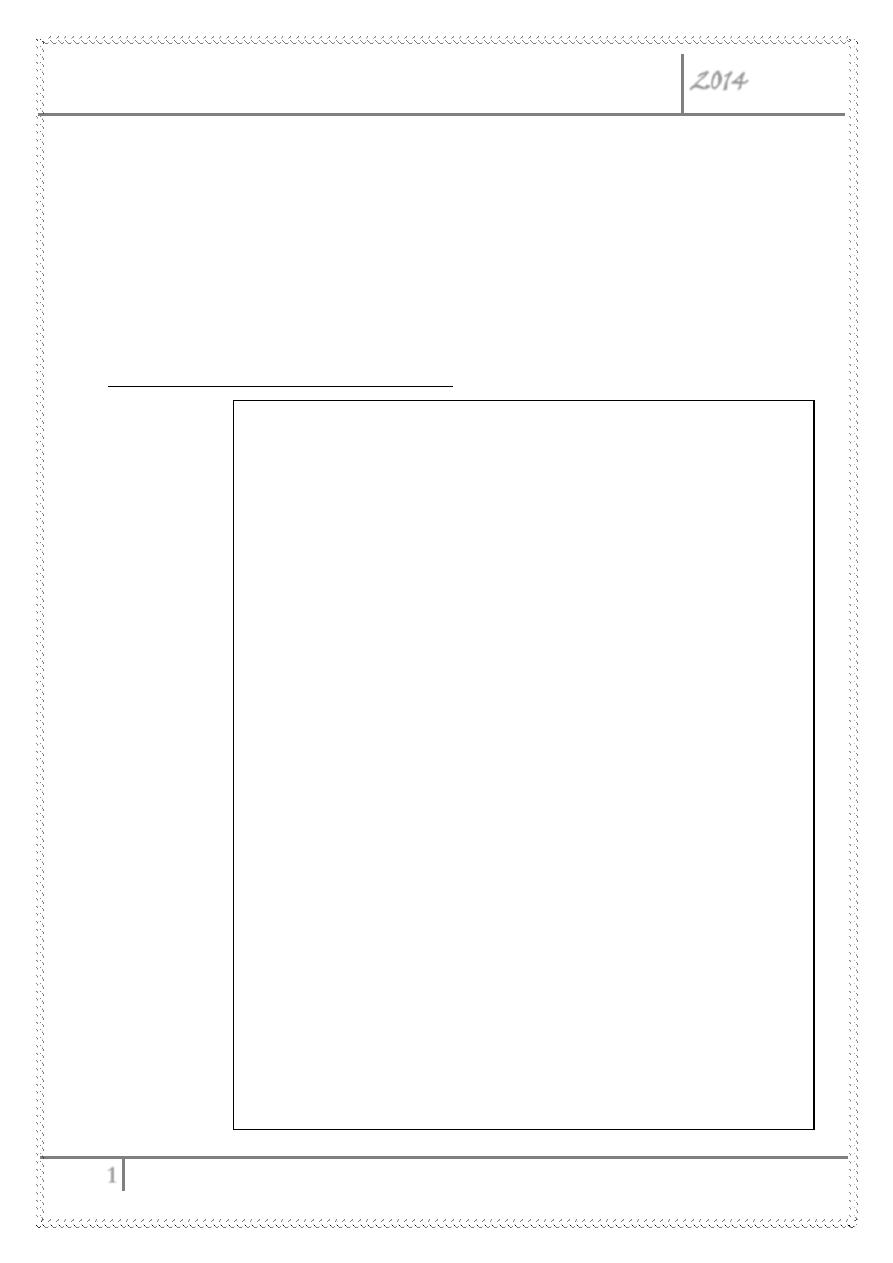
Sterilization Dr. Mouyed Abbas
2014
1
Sterilization and disinfection
Sterilization: is a process whereby all living organisms, including spores are destroyed.
Disinfection: a process that destroys only the vegetative form of organisms, and leaves
intact any spores the may be present.
The term disinfection can be used to describe any chemical substance with either a
bactericidal or a bacteriostatic action.
Methods of Sterilization and Disinfection:
I . Physical Methods
1. heat: a. dry heat - hot air oven
- infra red radiation
b. moist heat - pasteurization
-
boiling
-
tyndallization
c. steaming under pressure (autoclave)
2. light (ultraviolet light)
3. ionizing radiation
4. filtration
I I . Chemical Methods
1. inorganic (halogens): a. iodine: - tincture iodine
- povidone iodine
b. chlorine
2. organic: a. alcohol: - ethanol 70%
- isopropyl alcohol 50-70%
b. aldehyde - formaline
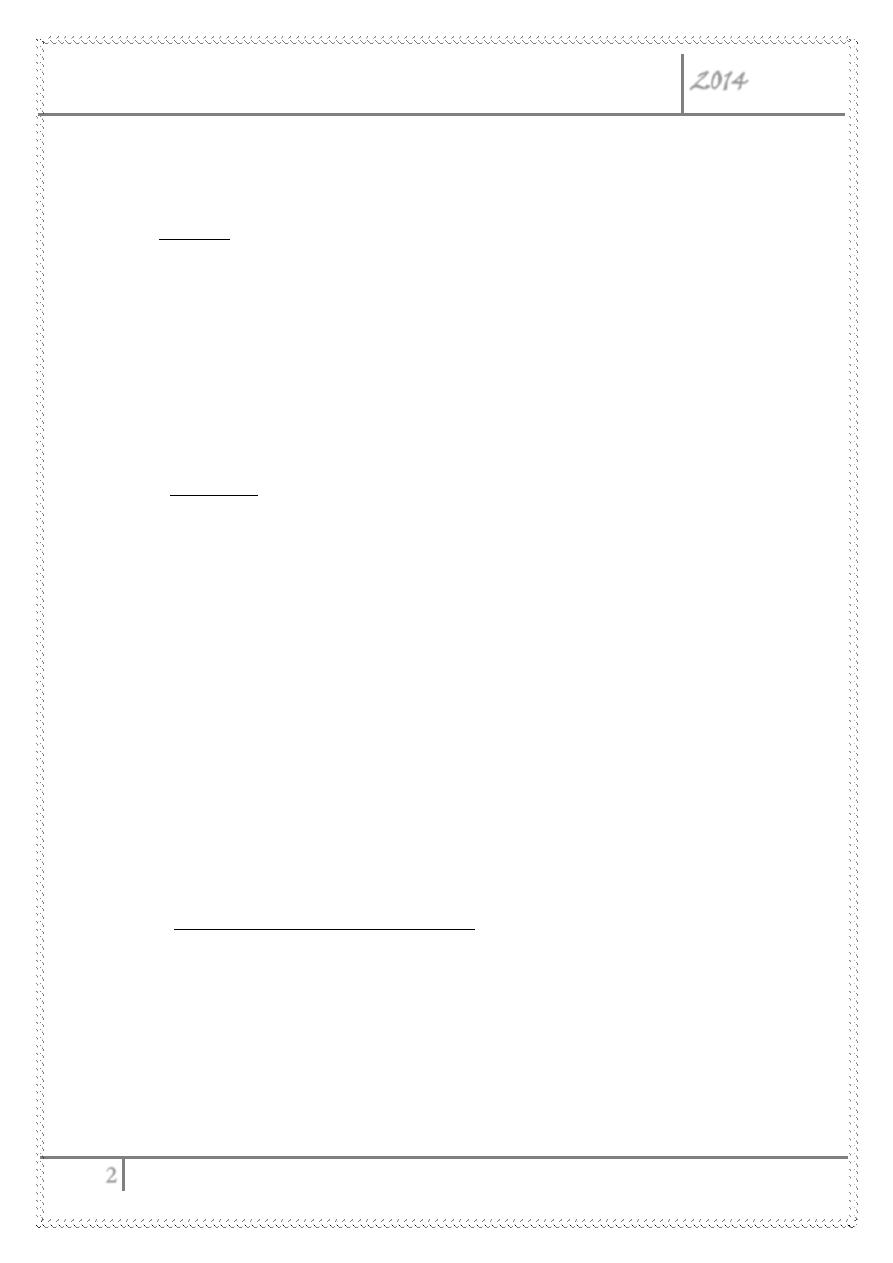
Sterilization Dr. Mouyed Abbas
2014
2
I . Physical Methods
1.
Heat:
a. Dry heat
- Hot air oven: for sterilization of instruments. Its an inefficient sterilizing agent because
it’s a poor conductor of heat and it penetrate feebly. Its therefore necessary that the oven
be fitted with fans to circulate the air through the chamber around the assembled load. A
temperature of 160 c
0
will sterilize the content after 1 hour. Such high temperature
damages fabrics, rubber, so its used for: syringes, oily fluid, powders, metallic objects.
- Infra red radiation: heating to 200 c
0
, for sterilizing surgical instruments.
b. Moist heat
- Pasteurization: milk is pasteurized by being held in water at 63 c
0
for 30 minutes.
Instruments that cannot withstand great heat , can be disinfected by hot water, e.g:
endoscopes and cystoscope is held in water at 75 c
0
for 10 minutes.
All vegetative organisms will be killed but spores will survive, however they are of
no importance in urinary tract infection.
- Boiling: the advantage of boiling over pasteurization is that it destroy the virus of
hepatitis, But will not destroy spores. In boiling we use 100 c
0
for 30 minutes. Syringes
and other instruments are sterilized by this method.
- tyndallization: it’s the steaming of a solution for 20 minutes for 3 successive days.
After the first steaming only spores are left behind, these germinate in the medium, and
are destroyed by the next steaming, any that survive should be killed after the third
steaming. This method fails when applied to drugs, suture material, instruments.
c. Steaming under pressure (autoclave)
it’s the most important method of sterilization. We use 121 c
0
for 10 minutes, or 126
c
0
for 5 minutes, or 134 c
0
for 3 minutes. The principle is that water boils when its
vapor pressure is equal to that of the surrounding atmosphere. So the boiling point
of water can be increased by raising the atmospheric
pressure.
The great superiority of moist heat over dry heat:
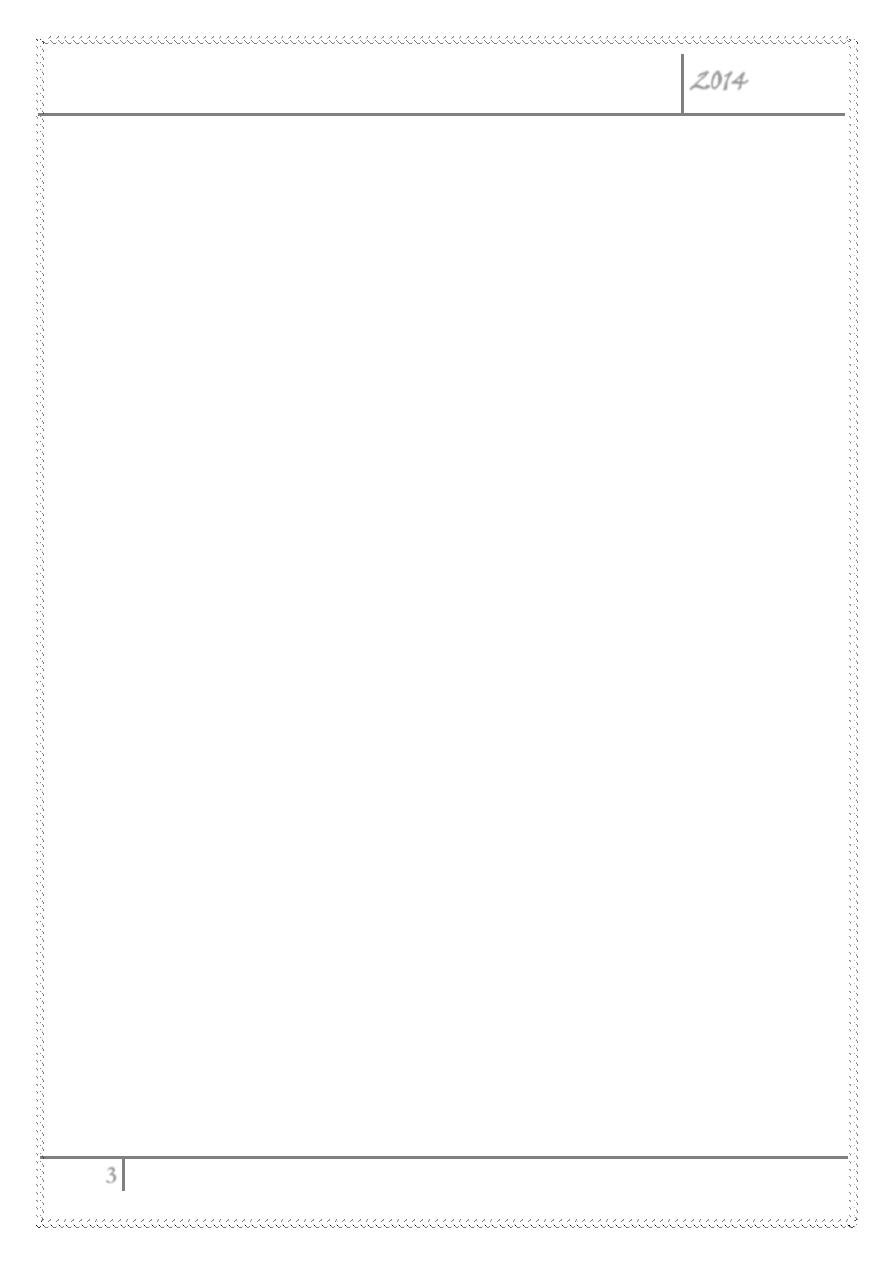
Sterilization Dr. Mouyed Abbas
2014
3
1. moist heat kills by denaturing and coagulating enzymes and proteins, whereas dry
heat acts by destructive oxidation of cell constituents. so moist heat kills rapidly
and at lower temperature.
2. steam condense, so large amount of heat emitted.
3. steam penetrate better than hot air, due to that its density is half that of air.
Failure in sterilization may be due to:
1. improper packing of the load: the packing must be loose so that steam can
circulate around them.
2. defect in autoclave: the defect is due to the presence of air mixed with the steam.
3. defect in the steam: over saturated and superheated steam.
4. faulty operation of the autoclave: the responsibility for efficient sterilization must
remain as always with those who use the finished product, namely the surgeons.
Test of efficiency for heat sterilization:
1. thermocouple
2. Browne’s tube: contain chemical indicator in an ampoule which change from red
to green at specific temperature.
3. autoclave tape: its a tape printed with sensitive ink which change its colour at
specific temperature.
4. spores of non pathogenic organisms: this method is of little value for routine use.
Because the growth is often slow, so that when a positive culture is obtained the
load has probably been used.
2.
Light (ultraviolet light):
It can not penetrate, so used to disinfect surfaces.
3.
ionizing radiation:
both γ rays and β rays, its useful method because good penetration, so can be
used for closed packs.
used for: plastic, rubber, fabrics.
4.
filtration:
used by microbiologist to sterilize fluids containing sera and amino acids which
is denaturated by heating, also used in sterilizing air in operating theatre.
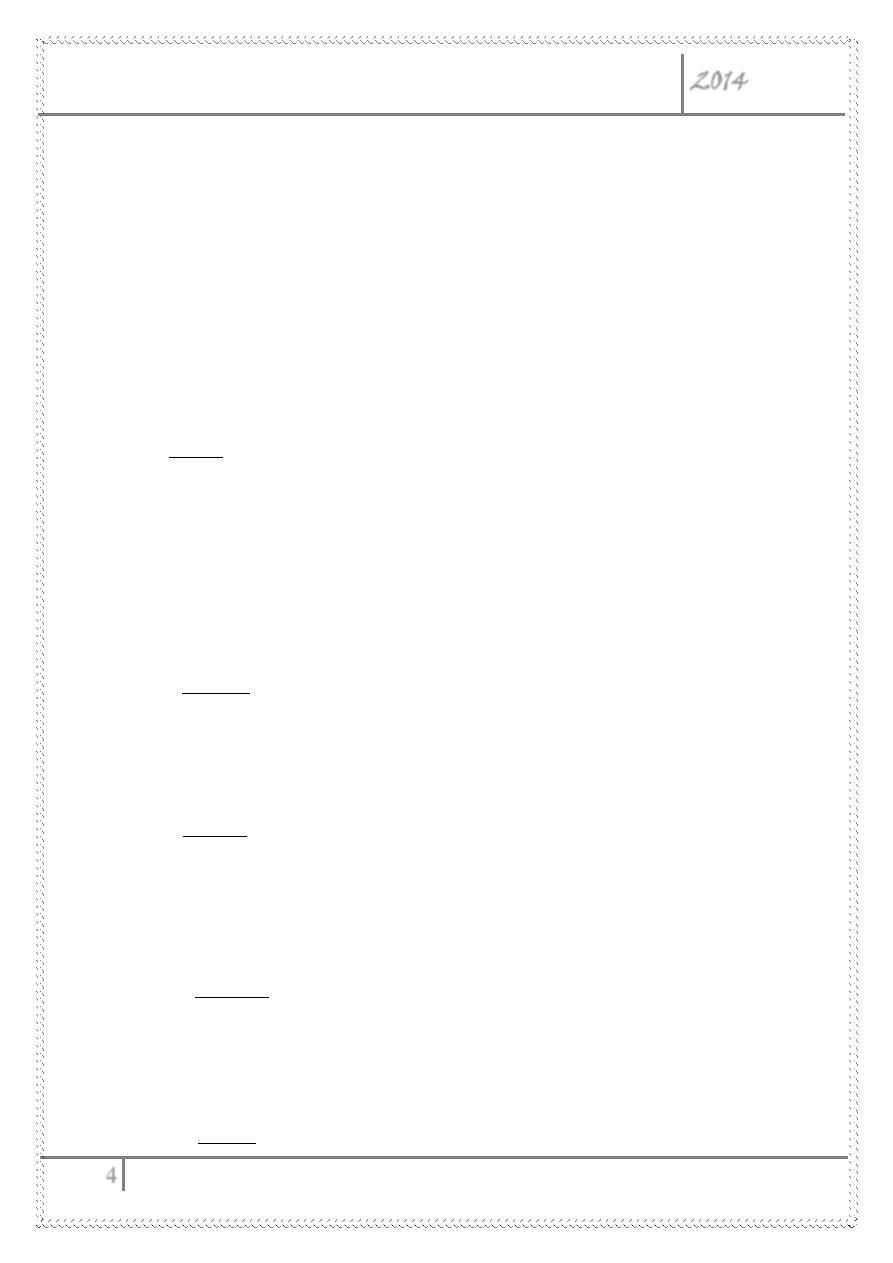
Sterilization Dr. Mouyed Abbas
2014
4
I I . Chemical Methods
A satisfactory agent should have:
1. active against wide range of organisms and spores.
2. have rapid action.
3. should not be vitiated by organic matter like blood, pus, stool.
4. should not be toxic, irritant, not inducing hypersensitivity.
1.
Inorganic (halogens):
the only useful one is halogens, they have a rapid action against both
vegetative organisms and spores. So they are true sterilizer, but the disadvantage that
they are annulled by foreign organic matter.
a. Iodine
- tincture iodine: the most important iodine, contains 2.5% iodine and 2.5% potassium
iodide and 90%ethanol . it’s the best skin disinfectant, but its irritating and cause allergic
dermatitis.
- povidone iodine: (betadine) less irritating and stain less than tincture, its inferior to
tincture.
b. chlorine
powerful disinfectant, used to sterilize water.
2.
Organic (alcohol):
a. Alcohol
- ethanol 70%: effective against vegetative form.
- isopropyl alcohol 50-70%: useful as skin disinfectant
b. aldehyde
- formaline : its a true sterilizer, it penetrate organic matter slowly. The disadvantage
it has irritating odour.
c. Phenol not a true sterilizer
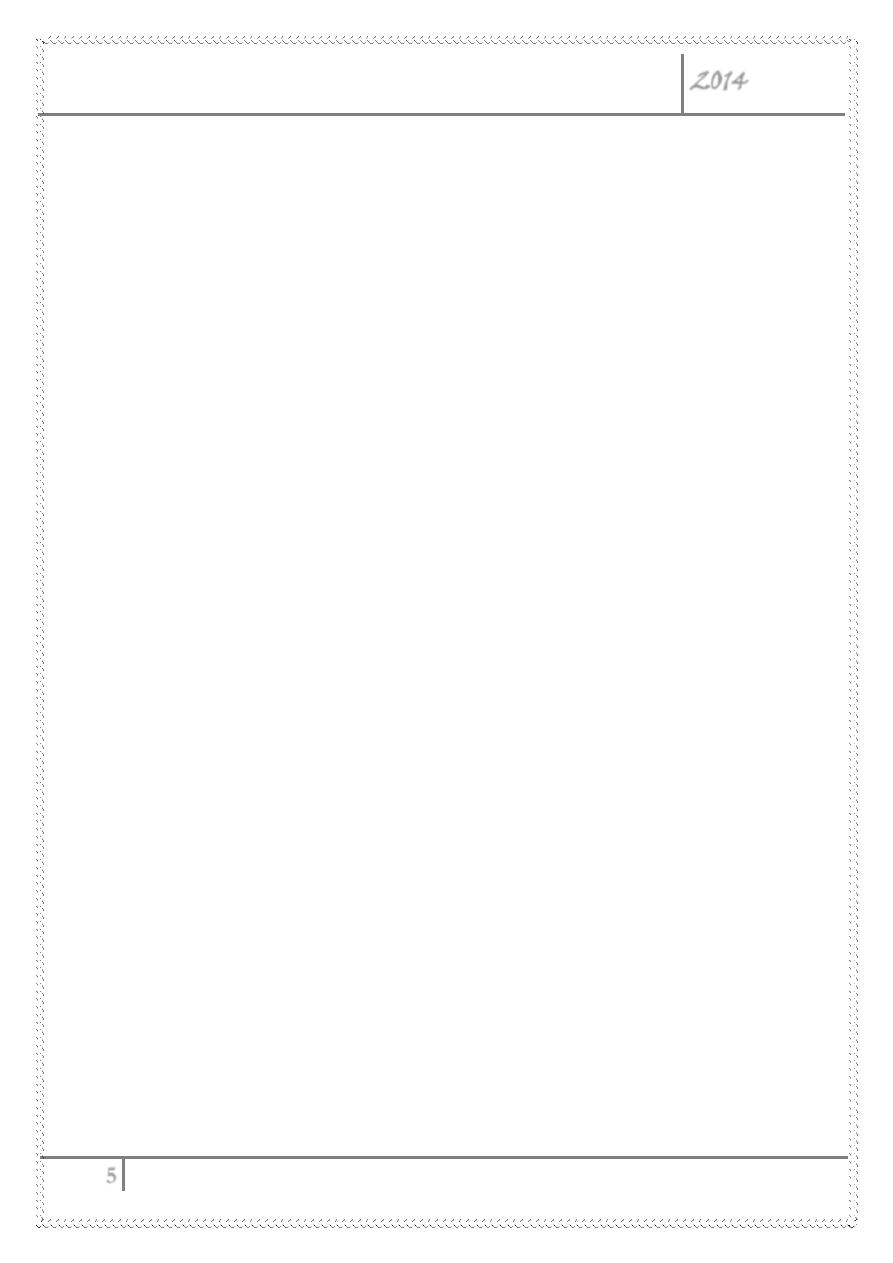
Sterilization Dr. Mouyed Abbas
2014
5
Advantage: continued activity in the presence of organic matter. So
used for disinfection of feces.
Disadvantage: toxic and expensive.
- dettol (choroxylenol): less irritant and toxic than other, but also less efficient.
Inactivated by organic matter.
- hibitane (chlorhexidine): powerful against vegetative organisms, especially gram
+ve, but not the spores.
Of low toxicity. Soluble in water and alcohol.
- hexachlorophane: insoluble in water and alcohol, act against gram +ve, but less
against gram –ve.
Its toxic and not used widely.
3. cationic surface active agents (cetavlon):
non irritating, non toxic, not act well in acidic solution. Act against gram +ve.
Done by
Ali Kareem
I apologize to you about this lecture because it was brought to me just after
mid-exams so pls. forgive me
Yours, Ali Kareem
